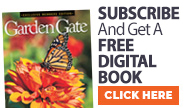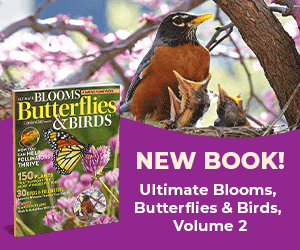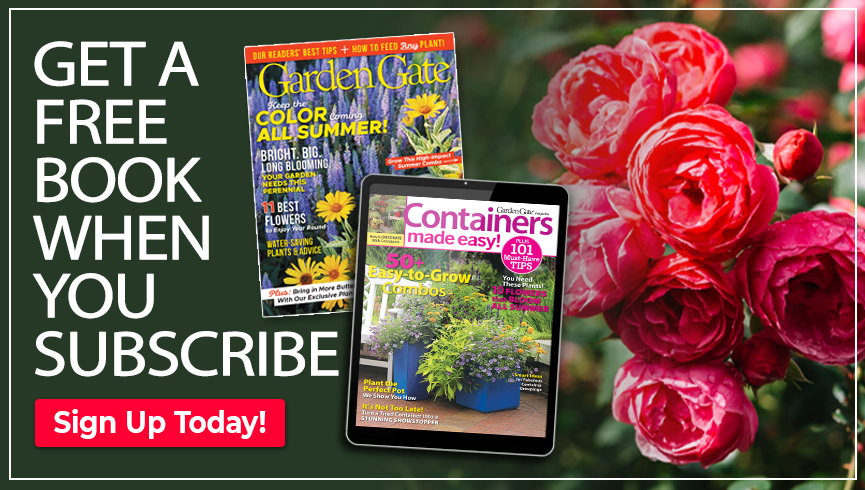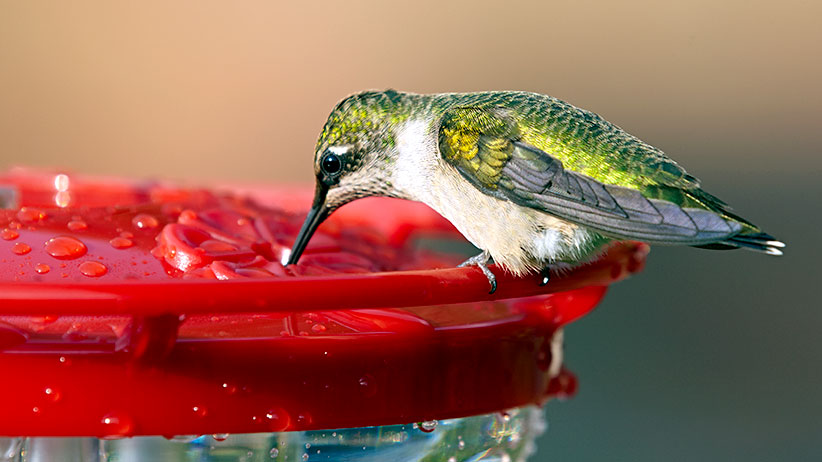
Help hungry hummingbirds this season!
Many hummingbirds make the long trip from Mexico or Central America to as far north as Canada every year and will be showing up in gardens along the route soon. Hanging a feeder in spring provides energy for these tiny travelers as they migrate and is a reliable supplement to the nectar and insects they eat later in the season. Follow these feeding tips to keep hummingbirds visiting your garden year after year.
DIY Hummingbird nectar recipe
- Mix 1 part granulated white sugar to 4 parts very hot or boiling water
- Pour the water over the sugar and stir until it dissolves.
- Cool mixture, then fill the feeder.
- Store leftovers in the refrigerator for up to a week.
You Might Also Like:
10 Plants to Attract more Hummingbirds to Your Garden
Types of Hummingbirds by Region
Shop the Pollinator Collection!
A few things to know about hummingbird feeders
- Choose small feeders
These tiny territorial birds get feisty when it comes to food, so hang several small feeders instead of a single large one. Space them 10 to 15 feet apart and 4 to 5 feet above the ground. - Keep feeders clean
Wash the hummingbird feeder every 3 to 5 days with hot water and bottle brush. More frequently when temperatures are above 90 degrees F. - Shade helps
Nectar spoils easily in full sun, so position feeders in spots that get a few hours of shade daily.
How to create a healthy habitat for hummingbirds in the garden
- Provide perches
Shrubs, tall perennials or trellises give hummingbirds a spot to take a break and keep an eye out for predators. - Avoid chemicals
Insects are a big part of hummingbird diets too! - Supply water
Add a mister to the birdbath — its light spray makes it easier for hummingbirds to drink and bathe.
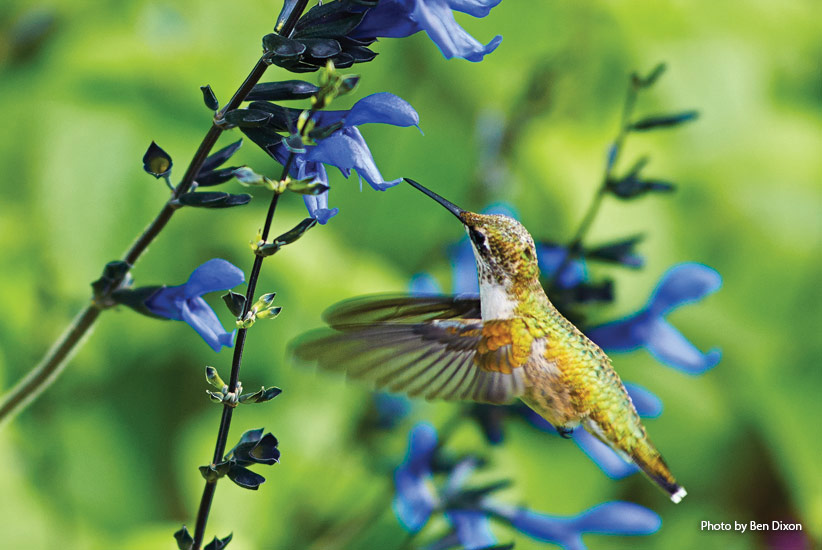
Grow nectar plants that hummingbirds love
While bees and butterflies are drawn to the fragrance of flowers, birds don't have a strong sense of smell. Instead, hummingbirds need a bold visual cue that nectar is ready for the taking. When looking for plants that will continue to support these fine-feathered friends through the growing season, opt for nectar plants with bright flowers—particularly in shades of red. In addition to red blooms, consider going tubular. Plants with long, tubular flowers have evolved specifically for a hummingbird's long beak. Here are some hummingbird favorites:
- Agastache (Agastache spp. and hybrids)
- Cardinal flower (Lobelia cardinalis)
- Columbine (Aquilegia canadensis)
- Cuphea (Cuphea spp. and hybrids)
- Penstemon (Penstemon spp. and hybrids)
- Rose of Sharon (Hibiscus syriacus)
- Salvia (Salvia spp. and hybrids)
Want to track when hummingbirds will arrive in your area?
Visit the National Audubon Society’s Bird Migration Explorer: explorer.audubon.org
